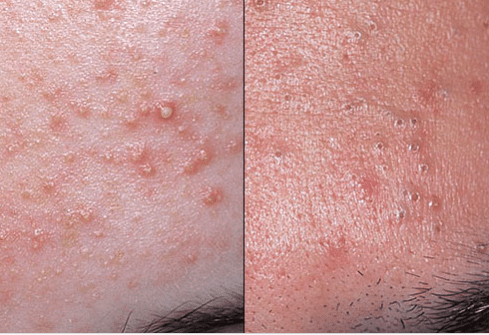Powerful Home Remedies For Acne
Powerful Home Remedies For Acne
( Extracts from Dr Mercola.com )
- Acne is one of the most common skin conditions, affecting nearly 85 per cent of people between the ages of 12 and 24
- Research suggests that diets high in sugar and refined carbohydrates literally feed acne, while dairy products, due to their high hormone levels, also contribute to acne growth
- Acne is a sign of imbalance in your body and can be most effectively addressed by making sensible changes to your diet and lifestyle
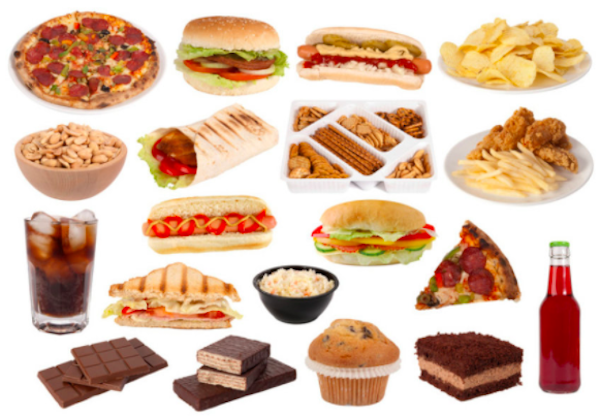
Not only does acne leave physical marks such as blackheads, whiteheads, inflammation and scars, but it can also create psychological wounds in the form of anxiety, depression and low self-image.
Most teens get a type of acne called acne vulgaris, which can appear on your face, back, chest, neck and shoulders. The most common belief about acne is that it begins when the pores in your skin get clogged with oil (sebum) and dead skin cells, causing the growth of bacteria that trigger inflammation.
Contrary to what you may have been told, acne is more than an aesthetic problem.
It is a sign of imbalance in your body, very specifically in your gut.
Many physicians miss the acne-gut connection and focus instead on topical treatments and powerful prescription drugs. These approaches are time-consuming, expensive and offer few lasting effects. Because there are no “quick fixes” to address acne, it’s worth your time to uncover the hidden aspects of your diet and lifestyle that are very likely contributing to it.
Treating Acne Is Big Business!!!
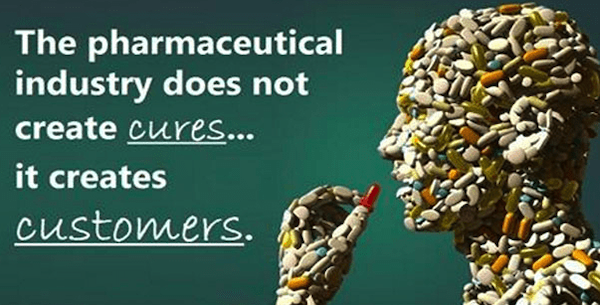
Acne is one of the most common skin problems for which people seek the advice of a dermatologist, and one of the most frequently misunderstood and mistreated conditions.
If you have a mild case of acne, the first line of conventional treatment is often topical. Topical treatments claim to reduce oil production, unclog pores, speed cell turnover and kill off bacteria, thereby reducing inflammation.
If you have moderate to severe acne, it’s unlikely topical treatments will be effective. This may result in your physician suggesting oral antibiotics. Some of the most common antibiotics prescribed for acne include doxycycline, erythromycin, minocycline and tetracycline.
Remember, that while taking antibiotics may kill some of the bacteria that are feeding your acne, it will also destroy your beneficial gut bacteria.
Loss of healthy gut bacteria can result in yeast infections, as well as resistant bacterial strains, among other problems.
If you have severe acne, the gold standard for drug treatment was previously a powerful and potentially harmful medication called Accutane (isotretinoin). A number of studies linked Accutane to numerous damaging side effects, including birth defects, Crohn’s disease and suicide.
Although Accutane is off the market, several generic equivalents of isotretinoin remain available today, among them Amnesteem, Claravis, Myorisan and Sotret.7 Isotretinoin is extremely unsafe for pregnant women, and it is administered with great care for that reason.
While your physician may try to win you over to one of the treatment options I’ve just discussed, I hope you will not be content with any of those proposed solutions, which seek to treat only your skin.
You can make better use of your time by learning about and beginning to treat your acne from the inside out.
Change Your Diet to Control Acne Outbreaks
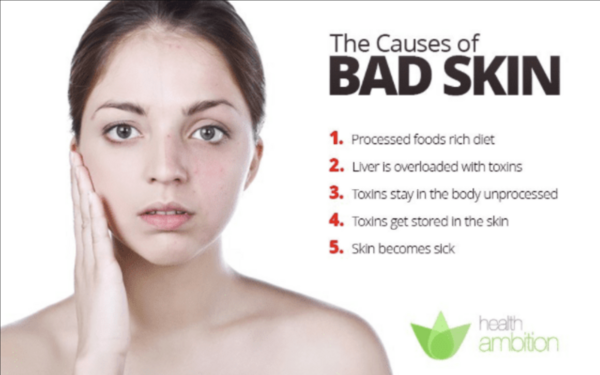
You’ll be happy to know that simply eliminating fast food and junk food from your diet is a great first step toward getting your acne under control. Set a small goal to begin reducing sugary carbs such as baked goods (e.g., bagels, bread, cookies and muffins). Replace those items with whole foods — grass-fed meat, organic vegetables and high-quality fats.
Next, move on to grains and start reducing your consumption of corn, oats, rice and wheat. If you regularly consume pasta and potatoes, particularly potato chips or French fries, consider that these items may be feeding your acne, and may need to be eliminated.
As you reduce your consumption of each troublesome food, you will begin to notice changes in your acne. Almost immediately, you should experience less inflammation and fewer flare ups. If you remove a troublesome item from your diet for a time and then decide to reintroduce it, you will likely notice its effect — for better or for worse — on your acne.
In time, you will feel increasingly empowered to manage your food intake in a way that supports your desire for clearer skin and fewer acne outbreaks. In some cases, if certain foods consistently trigger acne, you may decide to eliminate them from your diet permanently.
Besides the foods mentioned above, I recommend you leave fruit juices, soda and other sugar-laden beverages behind. If you have not yet cultivated the habit of reading ingredient labels, begin reading them now. You may be surprised at just how much sugar and empty calories you’ve been ingesting. Particularly avoid food and drinks containing corn syrup and high fructose corn syrup, as well as added sugar of any kind.
Extremely important for skin care
NATURAL VITAMIN D ( The Sun )

Too much sun causes skin cancer, not enough leaves us short of Vitamin D.
How much sun should we be getting?
Australian researchers have come up with some guidelines.
(Extract from ABC Health & Wellbeing Published 05/04/2006)
Long working hours, the shift to service industries (often office-based), the decline in outdoor activities, the rise in popularity of screen games and computers all mean that we’re spending more and more time indoors, out of the sun.
Sunlight is the major source of vitamin D in our bodies (about 90 per cent) and studies show falling levels of Vitamin D in our bodies because of the time we spend indoors.
Low vitamin D levels can cause osteoporosis, a condition in which our bones lose calcium, become brittle and are susceptible to fracture. And it’s also been linked with multiple sclerosis, diabetes, bowel cancer, breast cancer, prostate cancer and lymphoma.
The question is; How much is enough?
A group of experts from a wide range of medical disciplines have come up with some rules of thumb and published them in the latest Medical Journal of Australia.
Because of the variables of geography and seasons, and variations in how an individual reacts to sunlight, it wasn’t possible to come up with hard and fast rules – but they did produce some useful guidelines.
Avoid the Midday Sun
The time when the skin makes most Vitamin D is when it’s exposed to the midday summer sun – but that’s the time the skin is most easily damaged.
Around Australia, 10 to 15 minutes of unprotected sun exposure of the face, arms and hands before 10am or after 3pm, three to four times a week, will give you enough Vitamin D without skin damage.
Note that the figures only apply to fair skinned people. People with very dark skin need around six times more exposure to UV radiation to produce as much vitamin D as someone with fair skin. These people may need sunlight exposure during peak times – ie the middle of the day – especially in the southern states from April to September, and in the central areas of Australia in June and July.
On the other hand these people are less likely to get skin damage because of greater amounts of pigment in their skin.
Controlling Acne Takes a Whole-Body Approach!!
Your skin is an organ of elimination and your body’s largest organ.
Because your skin is a channel for eliminating toxins, it’s important to tune into the message acne is trying to convey.
When your complexion is broken out — be it dry, inflamed, oozing, red or splotchy — it is signalling the presence of underlying issues that need your attention. While most conventional acne treatments address the superficial level of your skin, you must take a whole-body approach to nourish and heal your skin from the inside out.
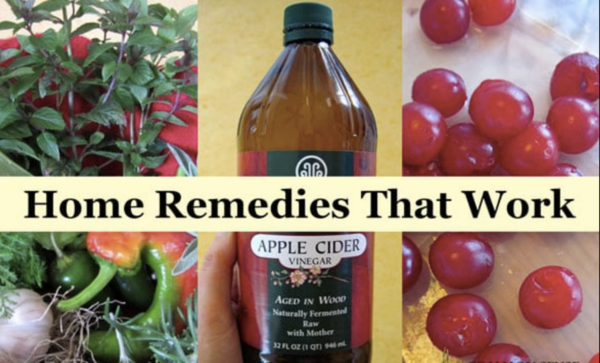
Six Natural Remedies for Temporary Relief From Acne Flare-ups
Aloe Vera
Using a spoon, scrape the gel from an aloe leaf, and apply it to clean skin as a moisturiser. Repeat one to two times daily, or as desired.
Apple Cider Vinegar
Mix one part organic apple cider vinegar and three parts water (use more water if your skin is sensitive). Apply the mixture to the affected area using a cotton ball. Wait five to 20 seconds, then rinse with water and pat dry. Repeat this process one to two times per day, as needed.
Green Tea
Steep green tea in boiling water for three to four minutes and allow to cool. Apply tea to skin using a spray bottle or cotton ball. Allow to dry, then rinse the area with water and pat dry.
Honey and Cinnamon Mask
Make a paste with 2 tablespoons honey and 1 teaspoon cinnamon. Apply the mixture to the affected area and leave on for 10 to 15 minutes. Rinse off and pat your skin dry.
Tea Tree Oil
Mix one part tea tree oil with nine parts water. Use a cotton ball to apply the mixture to affected areas. Repeat one to two times daily, or as needed. (Tea tree is potent, so always dilute it before applying it to your skin.)
Eat More Zinc-Rich Foods
Low zinc levels have been associated with severe acne, so if you suspect your levels may be low consider adding more zinc-rich foods, such as grass-fed beef and pastured chicken, pumpkin seeds, mushrooms and spinach, to your diet.

